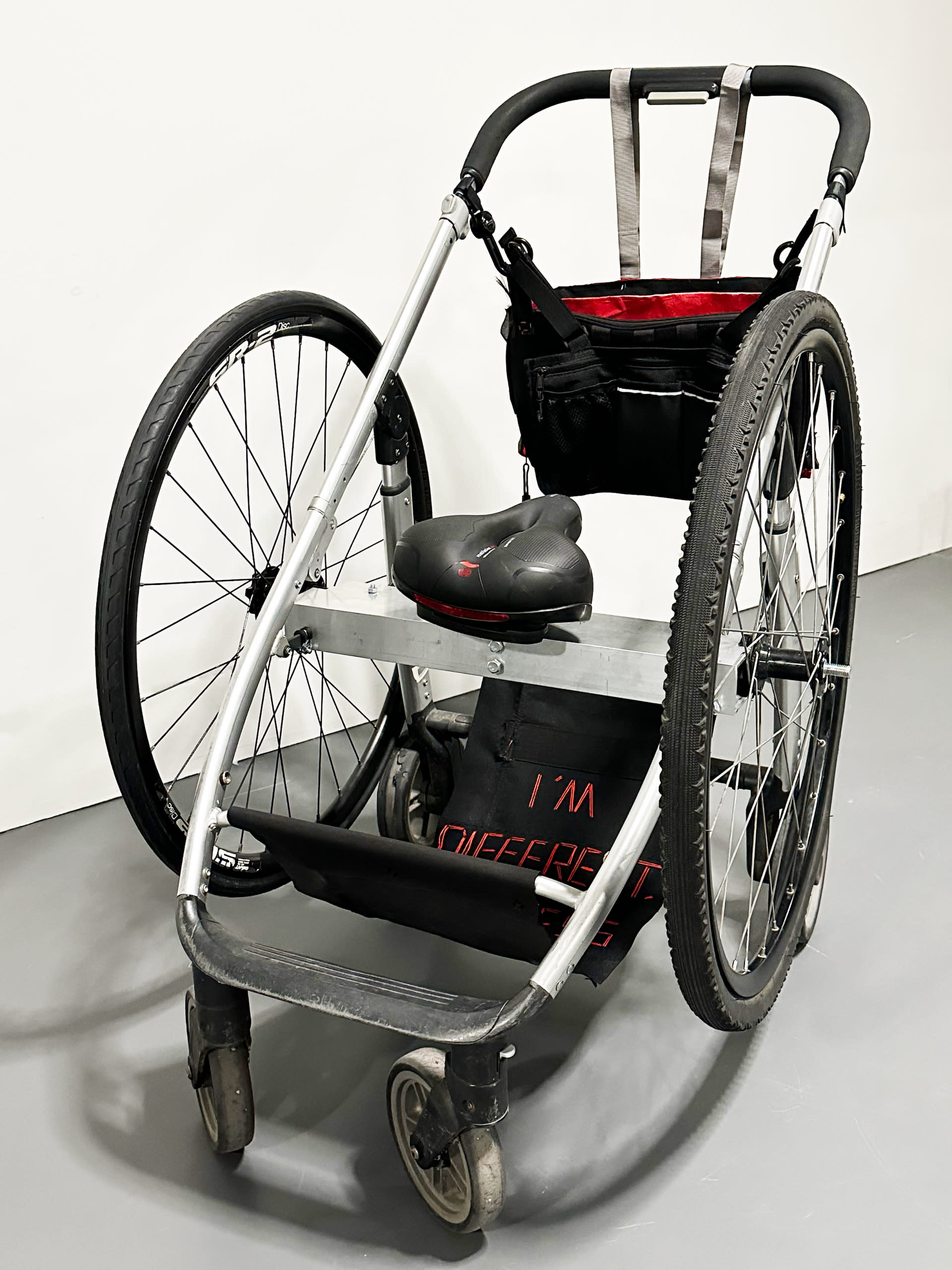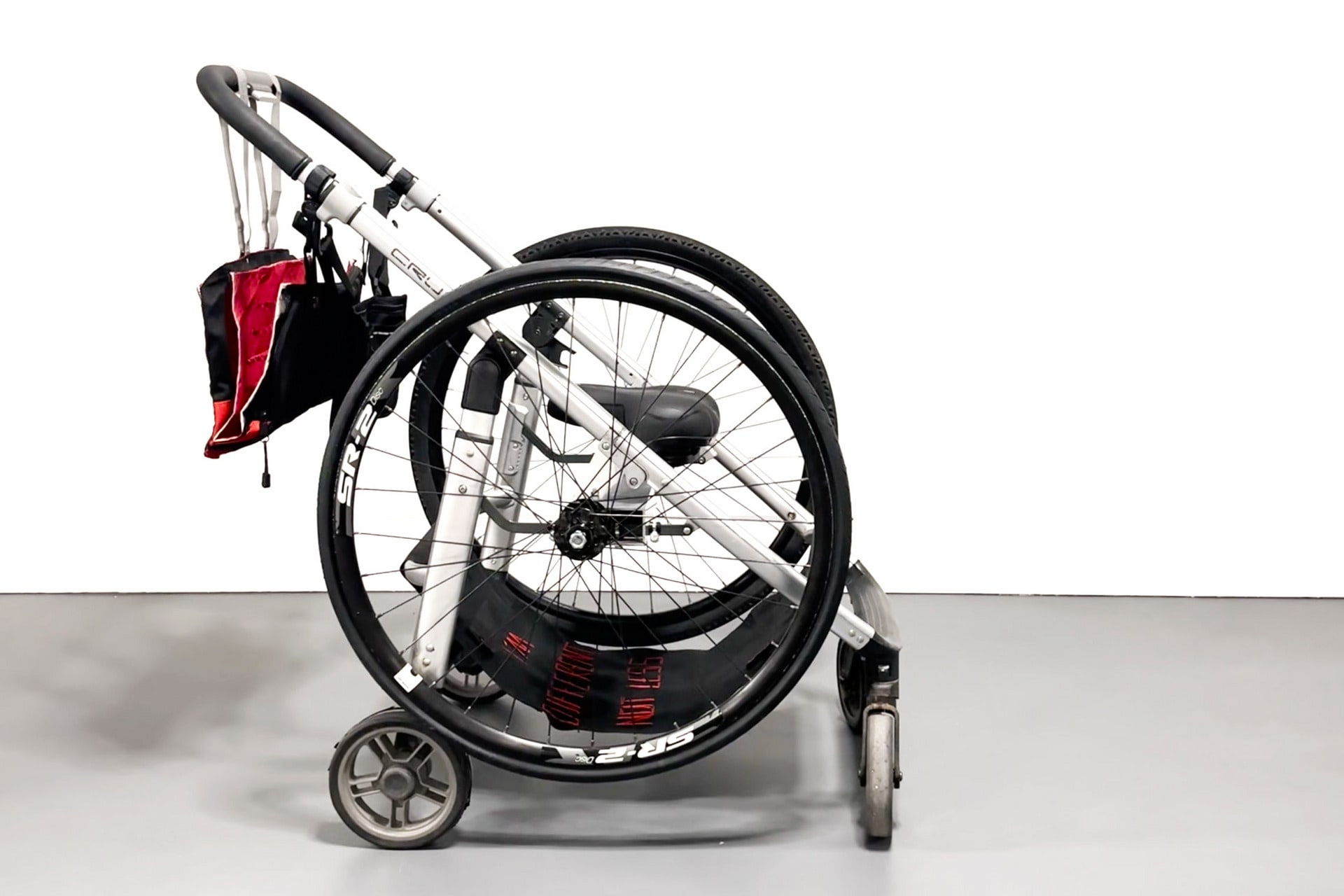Joy is a designer, researcher, book-lover, and a bilingual and multi-cultural person from Toronto, Canada. Joy is drawn to human-centred design and research, and because she thinks that universally inclusive design is more of a utopian concept, she is very passionate about designing for disabilities and different needs. Joy is also an advocate and activist of promoting acceptance of neurodiversity and mental illnesses.
——————
Education
BFA Industrial Design at Rhode Island School of Design, Rhode Island, USA. 2016-2021
- Minor in Literary Arts and Studies
MA Design Products at Royal College of Art, London, UK. 2021-2023
- Distinction for dissertation ‘Finding Order Within Disorder’
- Co-leader of the RCA Neurodiversity Society
——————
Exhibition
Change Starts With Education (Neurodiversity Celebration Week Exhibition), Hockney Gallery, London. 2023
Experience
RCA Neurodiversity Celebration Week 2023 -- Designed and curated in collaboration with Beatrice Sangster in Visual Communication (MA), and RCA SpLD support (Student Support Services)
- A series of workshops at the Royal College of Art and Imperial College London
- Change Starts With Education (Neurodiversity Celebration Week Exhibition), Hockney Gallery, London.


















